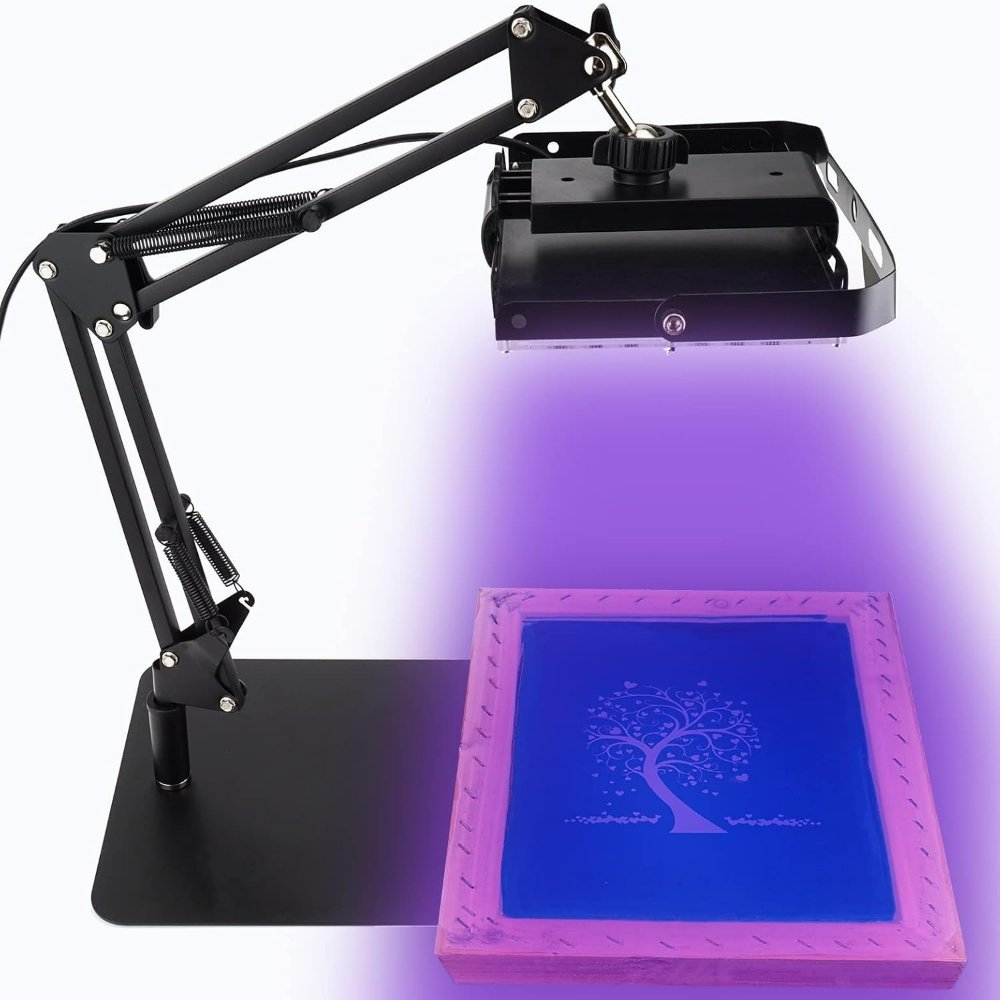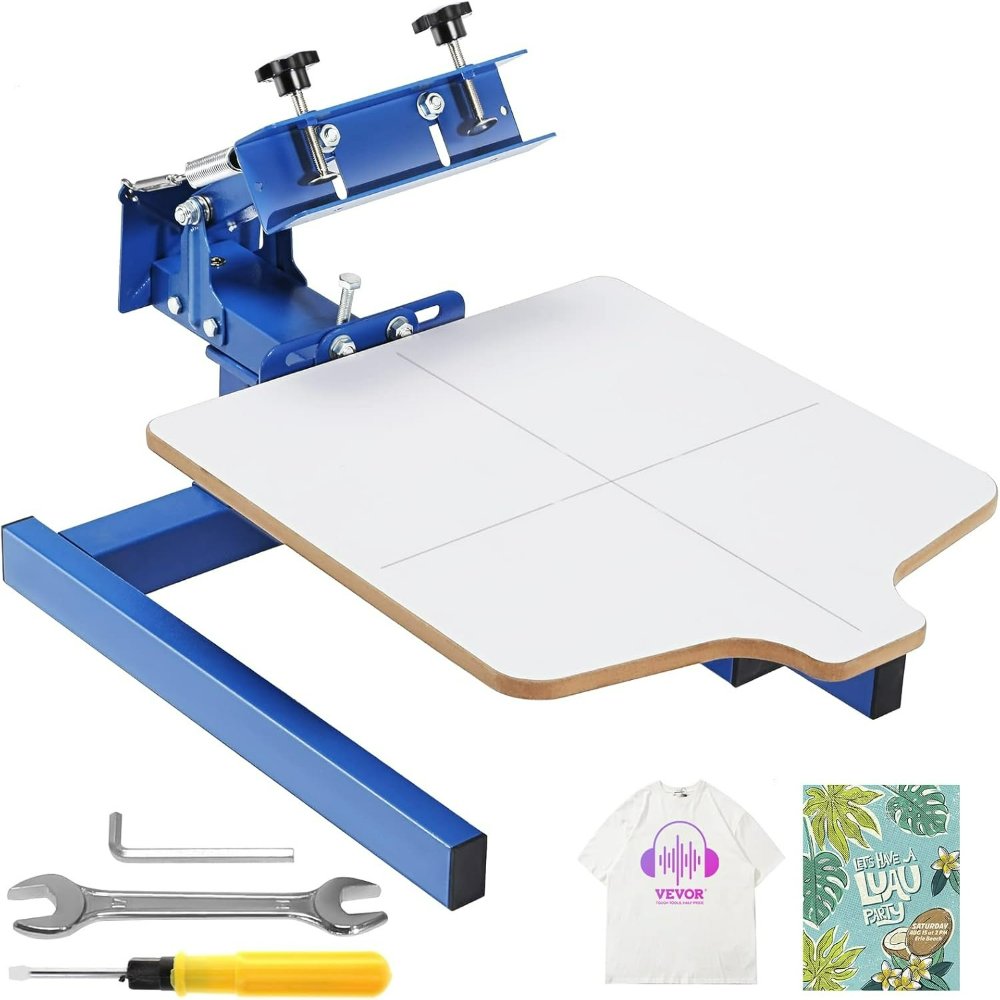Emerging Technologies in Screen Printing
The screen printing industry is evolving rapidly, with new technologies enhancing efficiency and quality. Three major innovations are setting the stage for the future of screen printing:
- Digital Hybrid Printing: A combination of digital printing and traditional screen printing. This technology allows for high-quality, detailed designs on various substrates.
- High-Performance Inks: The development of inks that are more durable, vibrant in color, and quicker to cure. These inks support faster production times and lower energy consumption.
- Integrated Pre-press Software: Software solutions that streamline the pre-press process are crucial. They are designed to reduce setup times and minimize human error, enabling more precise and consistent prints.
Each of these technologies contributes to the transformation of the screen printer ecosystem, ensuring that it can meet the demands of modern consumer trends and environmental standards.

Customization and Personalization Trends
The drive for unique products is reshaping the screen printer industry. Today, consumers value items that reflect their personal style. Screen printers are responding to this trend by offering greater customization options. Let’s explore some of these developments.
Tailored Designs on Demand
Customers can now request custom graphics and text for their apparel or merchandise. Thanks to digital hybrid printing, screen printers can provide these services efficiently. Small runs of personalized items are becoming more common and profitable.
Variable Data Printing
Variable data printing is a digital technology that allows for high-level customization. Screen printers can use it to change elements like text and images from one print to the next, without slowing down the process. This makes it ideal for creating individually tailored products.
Direct-to-Garment (DTG) Advancements
DTG printers have improved in quality and speed, allowing for intricate designs on a variety of fabrics. Screen printers are using DTG to offer personalized prints with a quick turnaround. It’s perfect for consumers looking for one-of-a-kind pieces.
Overall, customization and personalization are not just trends, but necessities for screen printers looking to stay relevant. They help businesses create a unique selling proposition and cater to the evolving needs of consumers.
Advances in Eco-Friendly Screen Printing Inks and Materials
The push for sustainability is driving advancements in eco-friendly screen printing options. As consumers and businesses become more environmentally conscious, the demand for greener practices in the screen printer industry grows. Here, we’ll delve into the groundbreaking developments in inks and materials that are shaping the future of eco-conscious screen printing.
Environmentally-Friendly Inks
Eco-friendly inks are at the forefront of this green revolution. These inks are typically water-based, containing fewer volatile organic compounds (VOCs), making them less harmful to the environment. Advances have led to these inks offering vibrant colors and durability that rival traditional inks, without the negative ecological impact.
Sustainable Materials
Alongside inks, there’s a rise in the use of sustainable materials. These include organic cotton, bamboo, and recycled polyester, which require less water and energy to produce. Screen printers are adopting these materials to reduce their carbon footprint and appeal to eco-conscious consumers.
Biodegradable Products
In the quest for sustainability, biodegradable products are gaining traction. Screen printers are exploring substrates that break down naturally, leaving minimal environmental residue. Offering such options positions screen printing businesses as leaders in ecological responsibility.
In conclusion, the screen printer sector is making significant strides in eco-friendly practices. Inks that conserve resources and materials that are kind to our planet are not just trends; they are becoming industry standards. These advances reflect the sector’s commitment to a more sustainable future.

Automation and AI Integration in Screen Printing
The integration of Automation and Artificial Intelligence (AI) is revolutionizing the screen printer industry. These technologies are making printing processes faster, more precise, and more cost-effective. Here’s a closer look at the ways Automation and AI are making an impact:
Streamlined Production Workflow
Automation software is now capable of managing multiple steps in the screen printing process. It can control machinery, track inventory, and ensure timely delivery of orders. This reduces the need for manual intervention and accelerates the entire production workflow.
Enhanced Precision and Quality
AI-driven systems enhance precision in screen printing. These systems can analyze designs and adjust print parameters in real-time for superior quality. Thus, printers achieve high accuracy and consistency across all printed materials.
Predictive Maintenance
With AI, screen printers can predict when equipment might fail or need maintenance. This preemptive approach avoids unexpected downtime and extends the life of screen printing machines.
Efficient Use of Resources
AI algorithms optimize the use of inks and materials, minimizing waste. This efficiency not only saves costs but also supports eco-friendly practices by reducing resource consumption.
Customization at Scale
Advanced algorithms enable printers to handle customized orders on a large scale effectively. AI integration makes it easier to adjust to customer preferences without sacrificing speed or quality.
In conclusion, Automation and AI are not just futuristic concepts; they are current realities transforming the screen printer landscape. By embracing these technologies, screen printing businesses can stay ahead in a competitive market, providing high-quality, efficient services to their clients.
New Screen Printing Applications Beyond Textiles
The screen printer is not just for textiles anymore. We are seeing it break boundaries and enter new domains. Here are some innovative applications:
Printing on Metal and Glass
Screen printers now apply designs onto metal and glass surfaces. These items include automotive parts, home decor, and even electronics.
Industrial and Medical Applications
The industry now prints on devices and tools in medical and industrial fields. This includes control panels and machine parts. Screen printing ensures durability and precision on such critical items.
Customized Wallpapers and Interior Decor
With custom wallpapers and interior design elements, screen printing personalizes living spaces. Unique patterns and textures bring walls to life.
Electronics and Circuitry Printing
Printers lay down conductive inks to create electronic circuits. This approach is cost-effective for producing flexible electronics.
Artistic Installations
Artists choose screen printing for intricate art installations. The method allows them to transfer complex designs onto various materials.
In short, screen printing has expanded into areas beyond apparel and fabric. These new applications show the versatility and adaptability of screen printers. They meet the needs of modern industries and consumer markets.

The Role of 3D Printing in Screen Printing Innovation
3D printing is influencing screen printer methods in profound ways. We’ve seen it transform prototype development, allowing designers to test patterns and mold shapes before full-scale production begins. Here’s how 3D printing is enhancing screen printing innovation:
Streamlining the Prototype Process
3D printing speeds up the creation of prototypes for screens and textures. It allows for rapid testing and refinement which saves time and money. Designers can go from concept to a tangible model quickly. This agility is vital for staying competitive in the screen printing market.
Creating Customized Screens
Screens made with 3D printers can be tailored to exact design requirements, providing a level of customization previously unattainable. Each screen is precisely crafted to accommodate unique patterns and intricate details, offering endless creative possibilities.
Complex Designs Made Simple
With 3D printing, complex geometries that are difficult to achieve through traditional methods are now easier to produce. This allows screen printers to offer more sophisticated designs to their clients, differentiating themselves in the industry.
Rapid Tooling for Production
3D printed tools, like squeegees and fixtures, can be produced onsite, reducing dependency on suppliers. This capability allows for quick adjustments to tools, supporting various screen printing applications with efficiency and versatility.
Pushing the Boundaries of Innovation
By integrating 3D printing, screen printers are pushing boundaries and exploring new territories. They are crafting products that were once deemed too complex or costly, paving the way for a new era of creativity in screen printing.
In summary, 3D printing is a crucial component in the evolution of screen printing, offering solutions that enhance design, increase flexibility, and improve cost-effectiveness. As this technology advances, we can expect screen printers to continue to innovate and evolve.
Challenges and Solutions for Screen Printing Industry
As with all industries, the screen printer sector faces its own set of challenges. Adopting innovative techniques and technologies is essential for overcoming these obstacles. Here are some of the primary concerns and how the industry is addressing them:
Keeping Up with Technological Advances
Screen printing businesses must stay current with new technology to remain competitive. Investing in the latest machinery and software can be expensive but is crucial for efficiency and quality. Solutions include leasing options and focusing on technologies with a clear ROI.
Adapting to Eco-Friendly Practices
Moving toward sustainability is both a challenge and an opportunity. Screen printers must find eco-friendly inks and materials that don’t compromise on quality. Solutions involve collaborating with suppliers who invest in green technologies and materials.
Meeting Customization Demands
The trend towards personalization requires flexible printing systems. Screen printers are challenged to offer unique designs at scale. Digital technologies and variable data printing are key solutions enabling this luxury.
Skilled Labor Shortages
As new technologies emerge, the need for skilled labor grows. Finding and training employees in advanced screen printing techniques can be difficult. Solutions include creating apprenticeship programs and offering competitive wages and benefits.
Price Competition from Overseas
Competing with lower-priced options from overseas manufacturers pressures local businesses. Solutions include emphasizing quality, quick turnaround times, and superior customer service to differentiate from competitors.
Despite these challenges, the screen printing industry continues to innovate and adapt. By tackling these issues head-on, screen printers can ensure their place in the market and continue to thrive.
Learning and Training: Preparing for Advanced Screen Printing Techniques
With the screen printer industry evolving at a rapid pace, staying competitive means mastering new skills. As technologies like digital hybrid printing and AI integration take hold, the need for skilled operators who understand these systems is critical. Efforts to learn and train in new screen printing approaches are paramount for businesses that aim to remain at the forefront of the industry.
Emphasizing Continuous Education
It’s vital for screen printer professionals to commit to continuous education. Workshops, webinars, and online courses offer opportunities to keep up with the latest advancements. These learning experiences pave the way for adopting innovative techniques in screen printing.
Leveraging Industry Partnerships
Partnering with technology providers can greatly support training efforts. These partnerships often include hands-on training sessions, detailed product demos, and access to expert advice. By working closely with innovators, printers gain practical knowledge that translates to quality production.
Investing in In-house Training Programs
Developing in-house training programs is another smart strategy. Custom training caters to the specific needs of a company’s technology and processes. This ensures that staff are well-versed in the unique capabilities and maintenance of their equipment.
Fostering Apprenticeship Opportunities
Apprenticeships allow for a practical, immersive learning experience. New talent can learn from seasoned experts, acquiring skills in real-world settings. This approach not only trains individuals but also helps address the skilled labor shortage in the screen printer industry.
Certification and Specialization
Professionals can stand out by earning certifications in advanced screen printing techniques. Certifications signify a mastery of certain methodologies and can lead to specialization within the field, opening doors to new opportunities and markets.
In conclusion, a commitment to learning and training is non-negotiable for the screen printer sector. As companies adapt and invest in these areas, they not only enhance their workforce’s capabilities but also ensure a future where their business can continue to innovate and excel.